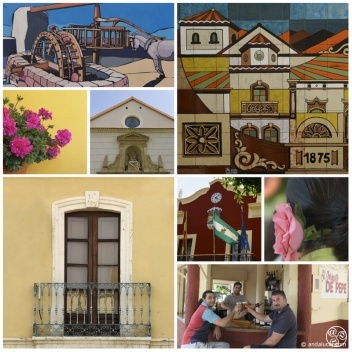Ayuntamiento
Ayuntamiento
The Town Hall is a simple building, and appears two stories high on the outside, the lower floor on the façade being occupied by a porticoed gallery made up of three wide semi-circular arches. It has a symmetrical composition in two colours. Located in Plaza de la Constitutción.



